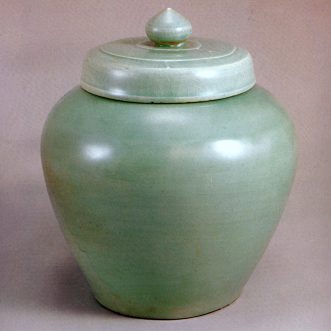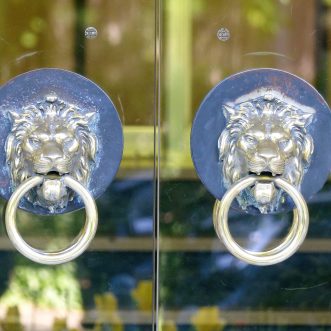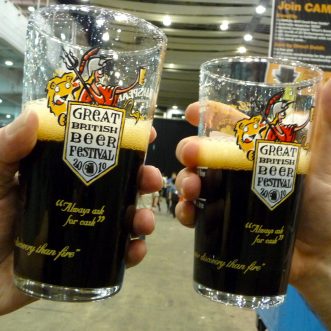
Good design is honest
“It does not make a product appear more innovative, powerful or valuable than it really is. It does not attempt to manipulate the consumer with promises that cannot be kept.” Dieter Rams, design principle number 6.
Enough said.

“It does not make a product appear more innovative, powerful or valuable than it really is. It does not attempt to manipulate the consumer with promises that cannot be kept.” Dieter Rams, design principle number 6.
Enough said.

“A product is bought to be used. It has to satisfy not only functional, but also psychological and aesthetic criteria. … Read More “Good design makes a product useful”

“It avoids being fashionable and therefore never appears antiquated. Unlike fashionable design, it lasts many years – even in today’s throwaway society.” Dieter Rams Design Principle number 7.
When a service process captures the ‘what has to happen’ without getting too bogged down in the ‘how it happens now’, it lasts. It stays meaningful, and as a result stays useful, and used.
This is possible because human beings are very good at grasping an overall structure, and very good at flexing themselves around it to deal with a specific situation.
So let them. In a service business, variation is information.

It clarifies the product’s structure. Better still, it can make the product clearly express its function by making use of the user’s intuition. At best, it is self-explanatory. Dieter Rams, Design Principle number 4.
How many times have you pulled at a door that was meant to be pushed? Or pushed a door that was meant to be pulled?
There are 4 simple design solutions that would prevent that tiny but all too frequent source of wasted energy and frustration:
1, 2 and 3 make the door understandable, 4 makes it self-explanatory.
We live and work among millions of designed products every day, from doors to roundabouts and office blocks to business processes, organisational structures and governments, many of which provide all too frequent sources of wasted energy and frustration.
How would you re-design them?

“Products fulfilling a purpose are like tools. They are neither decorative objects nor works of art. Their design should therefore be both neutral and restrained, to leave room for the user’s self-expression.” Dieter Rams, Design Principle number 5.
Processes, organisations, jobs, are products fulfilling a purpose too.

“You cannot understand good design if you do not understand people; design is made for people.” Dieter Rams ‘Design by Vitsoe’, 1976
Good Design:
Imagine if we designed organisations and processes this way too?

“The possibilities for progression are not, by any means, exhausted. Technological development is always offering new opportunities for original designs. But imaginative design always develops in tandem with improving technology, and can never be an end in itself.” Dieter Rams, Design Principle number 1.
New technologies allow us to re-think or even re-imagine how we do things, so we can do them better – whatever ‘better’ means: faster; slower; more consistently; more easily; more naturally; more thoroughly.
The metal case meant the radiogram could take up less space, and also meant the speakers put out a truer sound. But a metal lid rattled when the machine was used. Plexiglass solved that problem, and in doing so meant that the controls could move to the top of the machine, which in turn meant that how to use it could become more obvious to anyone who’d never seen it before.
True advances require both novel technology and imagination, the two things bouncing creatively off each other, opening up possibilities. Imagination makes technology human.
Without both imagination and advancing technology, all we can do is embellish, or worse, over-complicate. Neither of which adds value.

In today’s ‘Thought for the Day’ on Radio 4, Tina Beatty told us of an insight by Hilary Cottam, which is that many big ‘social welfare’ projects fail ‘not because of a lack of funding, but because of a lack of attentiveness to what people really need.’ For women without easy access to water, a well in their village is a far better – and far cheaper – solution than building a dam.
As Tina said, this seems so obvious, why is it being viewed as radical?
I think it’s because ‘failure’ depends on which side of the funding you are on. Take a look at the diagram in this piece by Richard Murphy to see the kind of thing that often happens.
What actually makes Hilary Cottam radical is that she’s suggesting that the ostensible purpose of these projects should also be the real one.
All too often, we mistake what we want for what the people we claim to serve want.
Once you know this, what you do for the people you serve can get simpler.

A metaphor for the relationship your business creates with its clients could be seen as fluff. A nice marketing touch. Something to hang a campaign on, to help people choose you over others.
But it can and should go much deeper than that.
Blue Rocket Accounting used their metaphor (“we are Mission Control to your space mission”) to standardise their services, to define the Roles people working in the business play for clients and to design how they deliver on that promise. The metaphor becomes shorthand for the purpose – ‘what we do for the people we serve’.
That’s not fluff. That’s the foundation.

The great thing about having a simple and straightforward way of knowing how much work-time goes into a process, is that if you also know the total amount of work-time available to you, you can easily work out how much spare capacity you have. Or not.
Even better, you can work out exactly how many more instances of a process you can run with that spare capacity. So you can target your sales process at getting the most bang for your buck.
Happy days!